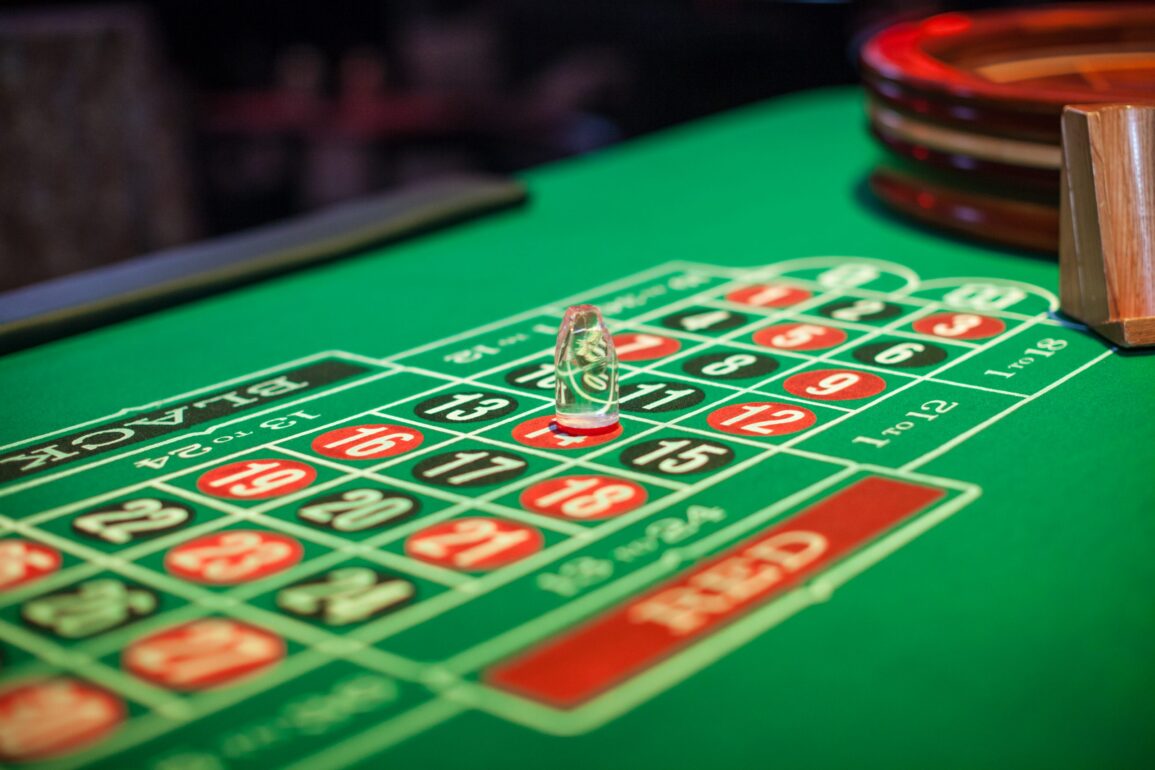Casinos and action movies share one thing: both thrive on tension, risk, and adrenaline-pumping excitement. When these elements collide on screen, they create unforgettable scenes that engage audiences – from high-stakes poker games to spectacular heists at lavish resorts. Gambling has provided cinema with some iconic moments that continue to resonate. This article investigates how casinos heighten drama in action movies while filmmakers use techniques that heighten suspense, all contributing to why this combination continues to appeal.
Casino as the Perfect Action Movie Setting
Casinos are inherently dramatic spaces, making them perfect settings for action films. Their bright lights, constant motion, and high-stakes energy perfectly reflect the pace and energy of an action scene. Directors frequently utilize casino floors as backdrops for quiet tension that explodes into chaos–such as an innocent poker game suddenly turning violent or a stealthy thief sneaking onto a blackjack table without anyone knowing.
Filmmakers can experiment with visual storytelling techniques in casinos’ controlled chaos. Neon lights reflect off poker chips, slot machines generate distracting noise, and the maze-like layouts of high-end resorts provide ideal chase sequences. These elements elevate casinos beyond mere settings into active participants in creating tension-filled scenes.
How Action Films Employ Gambling Tropes
Action movies frequently draw from gambling psychology to create suspense. The unpredictability of playing cards or spinning roulette mirrors the unpredictability of fight scenes or escape attempts; filmmakers employ these tropes as ways of keeping audiences guessing:
- The Bluff: Like poker players, characters in The Bluff attempt to appear weak while possessing the strength to set up an unexpected attack.
- “All-In Moment:” In a single, decisive move–whether it’s betting or a showdown–a hero must risk everything to make his mark and seize victory.
- The Tilt: When an unscrupulous villain suffers an unfortunate setback, their reaction can lead them down a dangerous path of reckless behavior, which the hero exploits to his benefit.
These techniques add an element of strategy to physical confrontations, turning physical battles into mental ones.
Iconic Casino Action Scenes That Define the Genre
While most casino scenes take place in fictional or real-world venues, movies sometimes create their own lavish settings—imagine a high-octane chase through a place like Skycrown Casino, where every turn could lead to another trap or ambush.. Casino Royale (2006) features an unforgettable poker game shootout, while Ocean’s Eleven (2001) uses casino robberies as an intricate precision-based heist plan. Even older films such as Rain Man (1988) have used blackjack to create nail-biting drama without using guns.
Modern films continue the tradition, with films like The Card Counter (2021) blending psychological depth with gritty casino settings. Part of its charm lies in how casinos provide glamour and danger; fortunes can change rapidly here, like any action-packed climax scene!
Why Audiences Love Casino-Action Combo
Casino and action films appeal to our universal desire for risk, reward, and the unpredictable nature of luck. Viewers love watching outsmarting opponents, whether by brute force or cunning strategy; in a casino setting, this fantasy can come alive even more vividly than ever! Luxurious high rollers in tuxedos, sleek villains swanking in sleek outfits, and high-tech security systems make this conflict feel much bigger than life.
At its core, action movies provide audiences with an escape. While few people will ever pull off a casino heist or go all in with millions on the line, action films let audiences live out those fantasies safely and enjoy them while being reminded that strategy, style, and sudden violence keep audiences coming back for more.
Casinos and action films are excellent because both use suspense, strategy, and spectacle to engage viewers. From intense poker games to fast chase scenes through casino vaults, these scenes stick in viewers’ memories long after the credits roll. By understanding why filmmakers use certain techniques to heighten audience involvement further, viewers may even pick up some tips for use during their next poker night!






